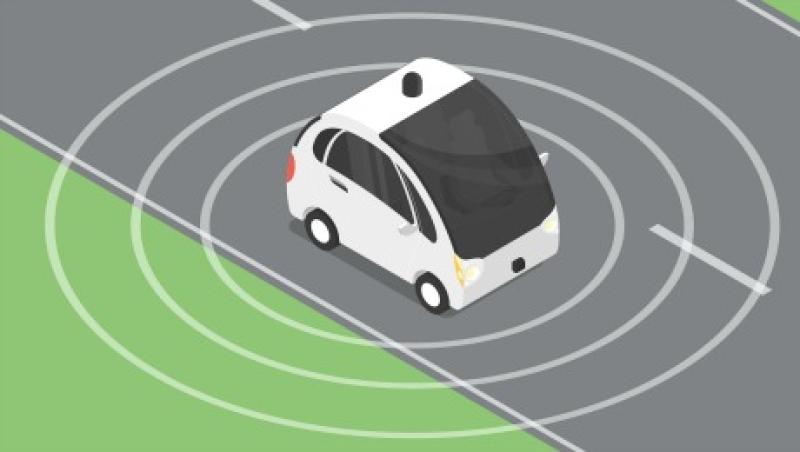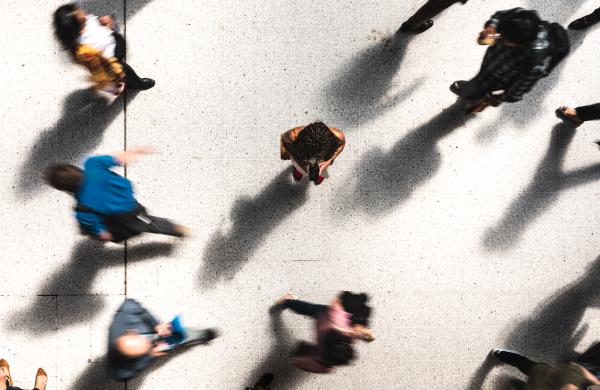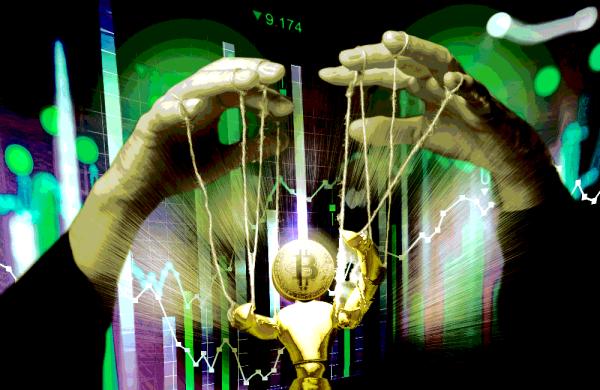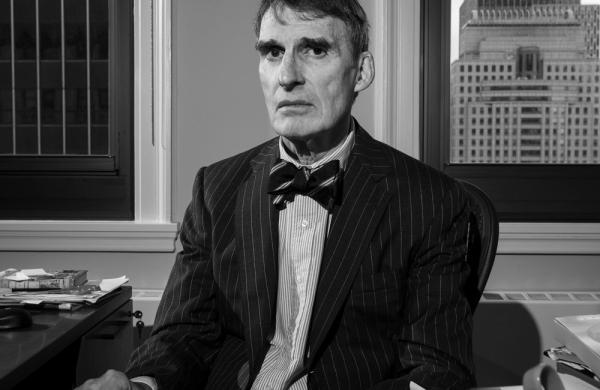Society is on the cusp of a driverless car breaking into retail markets. Soon people might be regularly napping behind the wheel. Although lives could be at risk based on decisions made by an almost fully automated machine, as evidenced by the recent fatal crash by a driver using the autopilot feature on a Tesla Model S, it seems that humanity might be okay with these potential casualties of driverless cars. Yet, we have mentally bridged a gap — and it seems that humanity is okay with these potential casualties of driverless cars.
Based on projections by consulting firm McKinsey & Co., car accidents will decline and productivity will increase. This advance will be a giant leap for humankind. One of the central breakthroughs here is that visual classification problems, needed to optimize driverless cars, have achieved near-human-level performance. In the case of Google’s driverless car, the real-time, machine-driven cameras align with historical images of the same road and then with the exact coordinates of the position of the car on the map. The car tracks real-time objects, other vehicles, people and traffic lights and adjusts its course accordingly. This fully automated approach, however, might not be the appropriate solution for electronic trading.
Electronic trading has evolved in leaps and bounds over the past two decades. The ever-greater desire for profits pushed the industry toward faster trading speeds. Market makers, being correlated to turnover, were ahead of the curve in innovation. Institutions followed by providing user interfaces connected to high-speed gateways. Next came the feedback phase, in which traders had to digest the data from the machines if they were to make better trading decisions. While digesting data, humans have a proclivity to remember favorable outcomes and, just as notably, to fade from memory the unfavorable outcomes. Machines, in contrast, track events in the precise ratio that they occurred in the data. In a prediction-based scenario, a machine that has recorded a higher share of bad events will project a higher risk aversion–based outlook. This is one area in which humans excel: We recall the positive outcomes and take that unfavorable bet again, maybe even more aggressively. This optimism is a human characteristic that is critical to trading.
Electronic execution is different from driving: The noise-to-signal ratios in electronic trading reduce the reliability of the models. It is unclear how good humans are at trading compared with machines, but there are signs of outperformance attributable to human skill. Similarly, in cars the error rate of a human driver is actually very small. According to data from the National Highway Traffic Safety Administration, a fatal mistake occurs once in about 88 million miles. This number implies that humans are good at anticipating unexpected situations and reacting appropriately when they occur. This interpretation applies just as much to trading as it does to driving. If we anticipate unexpected situations, we very well may take those bets for which machines shy away. Good traders only enhance this ability by honing their skills over years of instinctive trading. In this world of algorithmic trading, however, being successful with instinctive trading has become more challenging.
Two complications have made it harder for traders to do instinctive trading: increased data rates and a limited ability to translate such data into actionable events. Imagine that the typical driving experience means traveling more than 100 miles per hour under constantly changing weather conditions and traffic patterns. Even the most experienced drivers would have difficulty under these conditions without a system that intelligently processes and delivers critical data at the appropriate instant. Airplane pilots, by contrast, are able to accomplish this very task, because modern planes have advanced to the point at which they are capable of monitoring and auto-adjusting for a multitude of factors that can affect flight, takeoff and landing. Pilots can focus on the most critical aspects of flying while relying on the plane’s systems to sound an alert if new issues require immediate attention. Such background monitoring is an example of data processing that might be hard or impossible for a human to apprehend while in the midst of a primary task. The same type of technology can help traders, but one last critical component is needed: process.
Electronic trading needs a dashboard to take complete advantage of the millions of data points and react to events that are important. Chess grandmaster Garry Kasparov has described an insightful experiment by which anyone could compete on a chess-playing web site with any advantage: computers, humans or any combination. The winner was not a supercomputer that could consider an infinite number of moves to find the perfect move. Instead, it was two amateur chess players using three computers at the same time. Kasparov has attributed their win to “manipulating and ‘coaching’ their computers to look very deeply into their positions effectively.” In his words, “a weak human + machine + better process was superior to a strong computer alone and, more remarkably, superior to a strong human + machine + inferior process.” A process can be a pilot’s preflight checklist and evasive maneuver drills or a trader’s well-formed trading dashboard. Both are critical to humans being able to utilize the automated machines at their disposal. Good machines will make us better at trading, though we need to build a process around them. It’s not human versus machine. It’s human plus machine.
Kapil Phadnis is head of algorithmic trading quantitative research at Bloomberg Tradebook in New York.
Get more on trading and technology .






